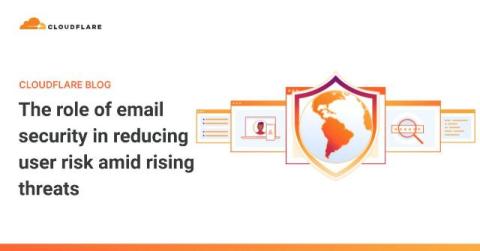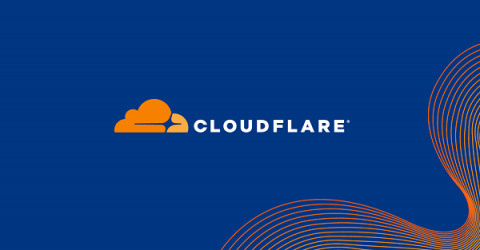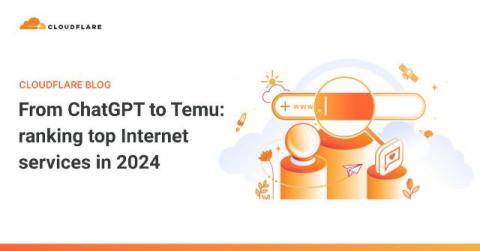Demonstrating reduction of vulnerability classes: a key step in CISA's "Secure by Design" pledge
In today’s rapidly evolving digital landscape, securing software systems has never been more critical. Cyber threats continue to exploit systemic vulnerabilities in widely used technologies, leading to widespread damage and disruption. That said, the United States Cybersecurity and Infrastructure Agency (CISA) helped shape best practices for the technology industry with their Secure-by-Design pledge.











